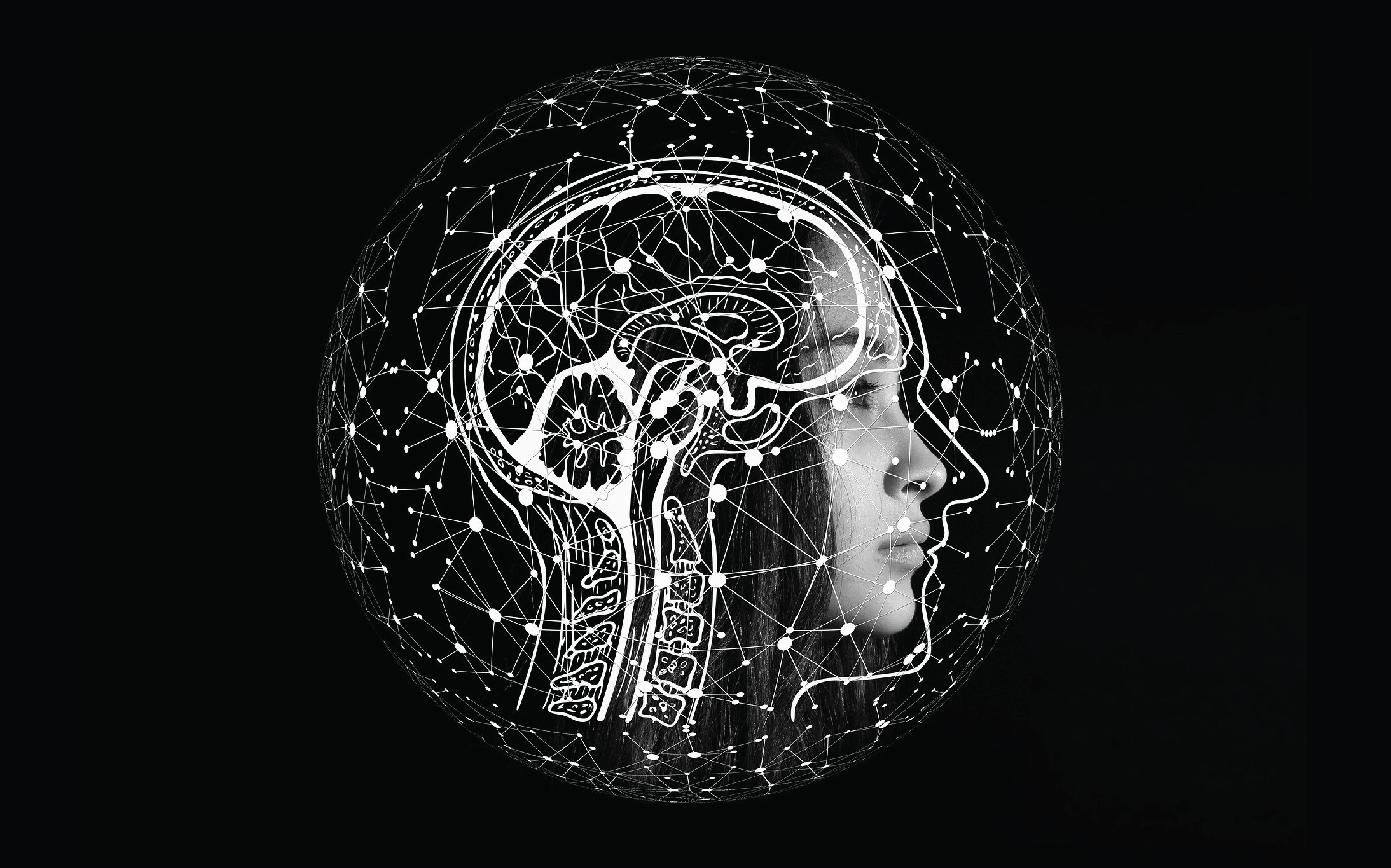Researchers from the Beckley/Sant Pau Research Programme have shared the latest on the effects of ayahuasca on neurogenesis. And, it’s lookin’ good.
Up until the 1960s, scientists believed that the adult brain didn’t produce new brain cells. It was not until the 1990s that those working in the field of the “brain” fully accepted that we create new neurons and how important this process is in our brain function overall.
Ayahuasca Stimulates Neurogenesis
Currently, researchers are conducting the first-ever study on the effects of ayahuasca on neurogenesis. They are finding that the alkaloids present in ayahuasca, harmine and tetrahydroharmine, are spawning neuron babies. Putting them in a petri dish with hippocampal stem cells, these alkaloids not only have neurogenic effects but they also “greatly increased the rate at which these cells developed into fully mature neurons,” says Jordi Riba, one of the head researchers in the study.
They even published pictures! (They are beautiful Jordi, thank you.)
Where Does Neurogenesis Happen?
Neurogenesis occurs in two areas in the brain: the hippocampus and ventricles.
Ventricular System
The ventricular system is comprised of four interconnected cavities in the brain that communicate. It looks like two hands that have been put together in the shape of a “C,” with a slice of Swiss cheese in between, and an arm that connects that structure and the central canal of the spinal cord. It actually looks like that.
Because of its distinct appearance, some ancients thought that this area housed the “animal spirit” of a person. In 1764, scientists discovered that this cartoonish structure produced and contained a very important fluid–cerebrospinal fluid (CSF). This clear fluid surrounds the brain and spinal cord along with the ventricles of the brain. The original “flow.”
The CSF protects the brain and spinal cord from damage, it regulates blood flow, and helps protect the nervous system from toxins and foreign particles.
It isn’t clear whether ayahuasca stimulates neurogenesis here, we just know that that process happens in this area of the brain.
The study, as of now, seems to focus on the stimulation of cell growth in the hippocampus.
The Hippocampus: Learning and Memory
The Greeks named this area the hippocampus because its shape resembles a sea-horse. And we have two!
The hippocampi are subjects of great interest because they, together, play a major role in learning and memory. The formation of new memories occurs in this area, and it is the most affected by neurodegenerative diseases such as Alzheimer’s. Spatial navigation and orientation are also centered here.
In a famous study, researchers looked at the brain of cab drivers in London who have to pretty much memorize the city in order to pass the test. Their hippocampus area had more volume, in a sense than us normal folk.
Ayahuasca Makes Neuron Babies
It sounds like these are two areas of the brain where we want baby cells to born.
A decreased hippocampus area has been seen in depressed patients and those with PTSD. This might then explain one of the reasons why ayahuasca has such a positive impact on those suffering from these ailments.
There has been much research going into a variety of psychedelics, but this specific study has gone where no others have thus far. The alkaloids in ayahuasca are making neuron babies in the hippocampus area of the brain. If you’ve been on the fence about attending an ayahuasca retreat, maybe this is your sign.












